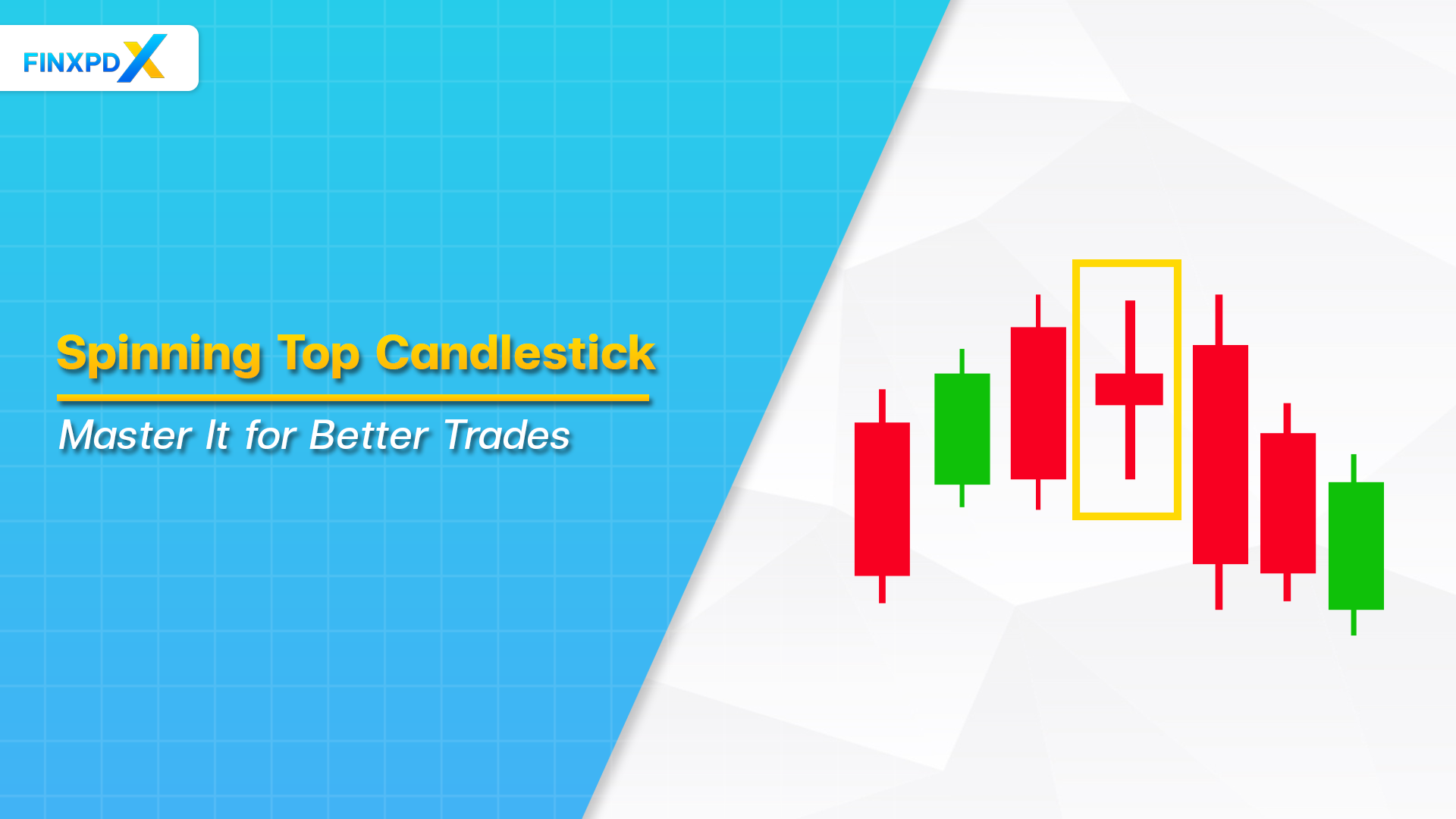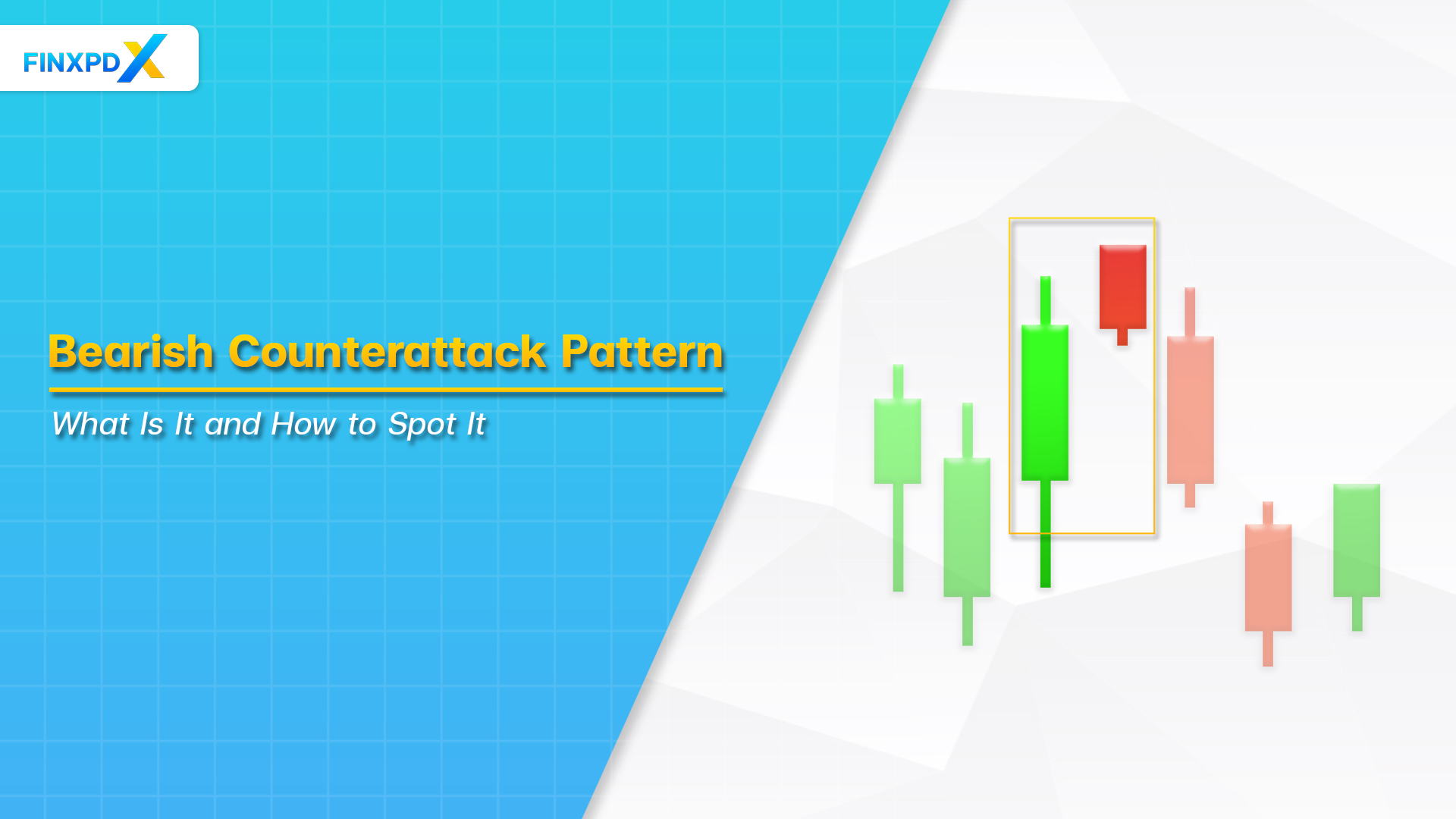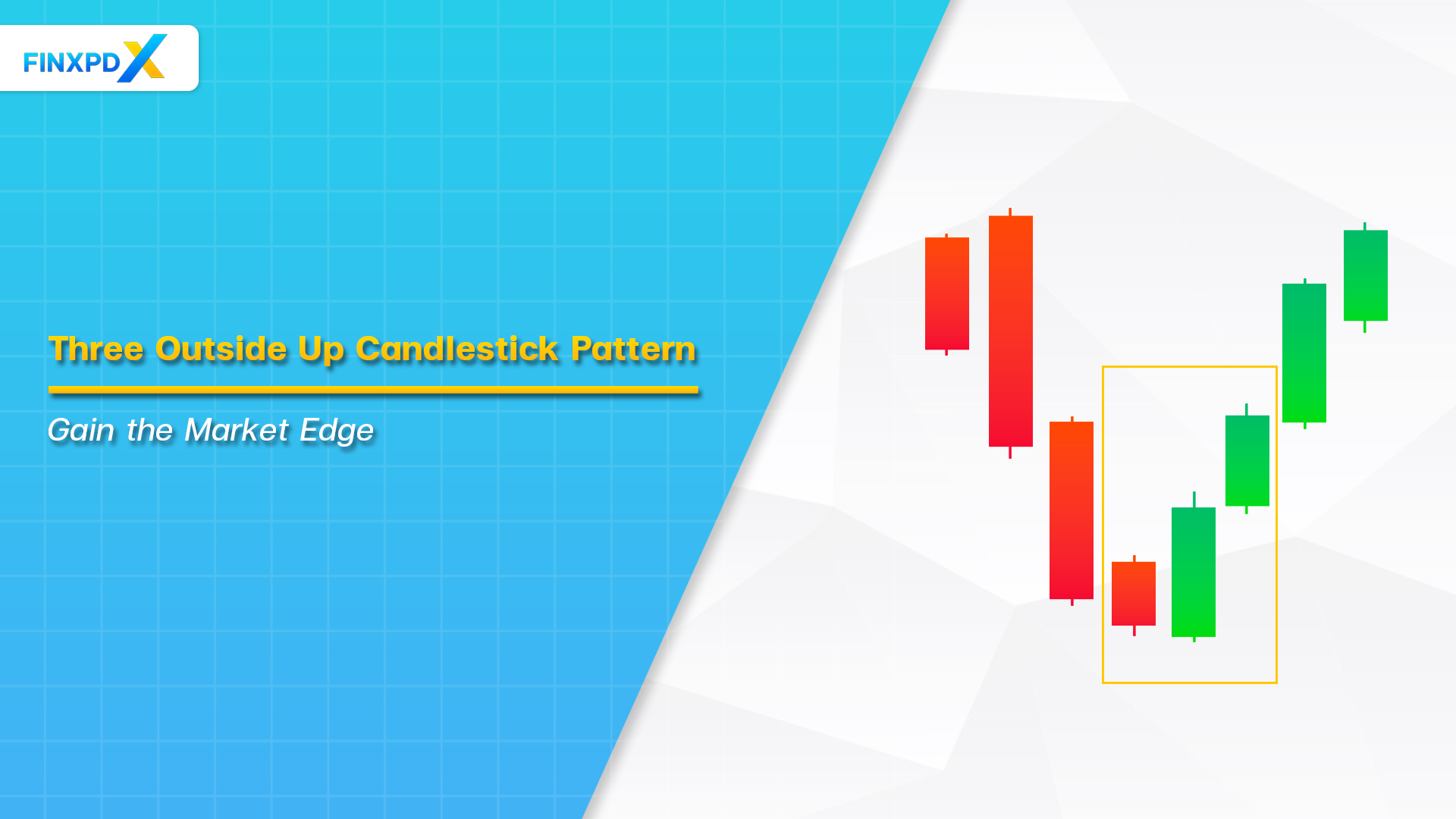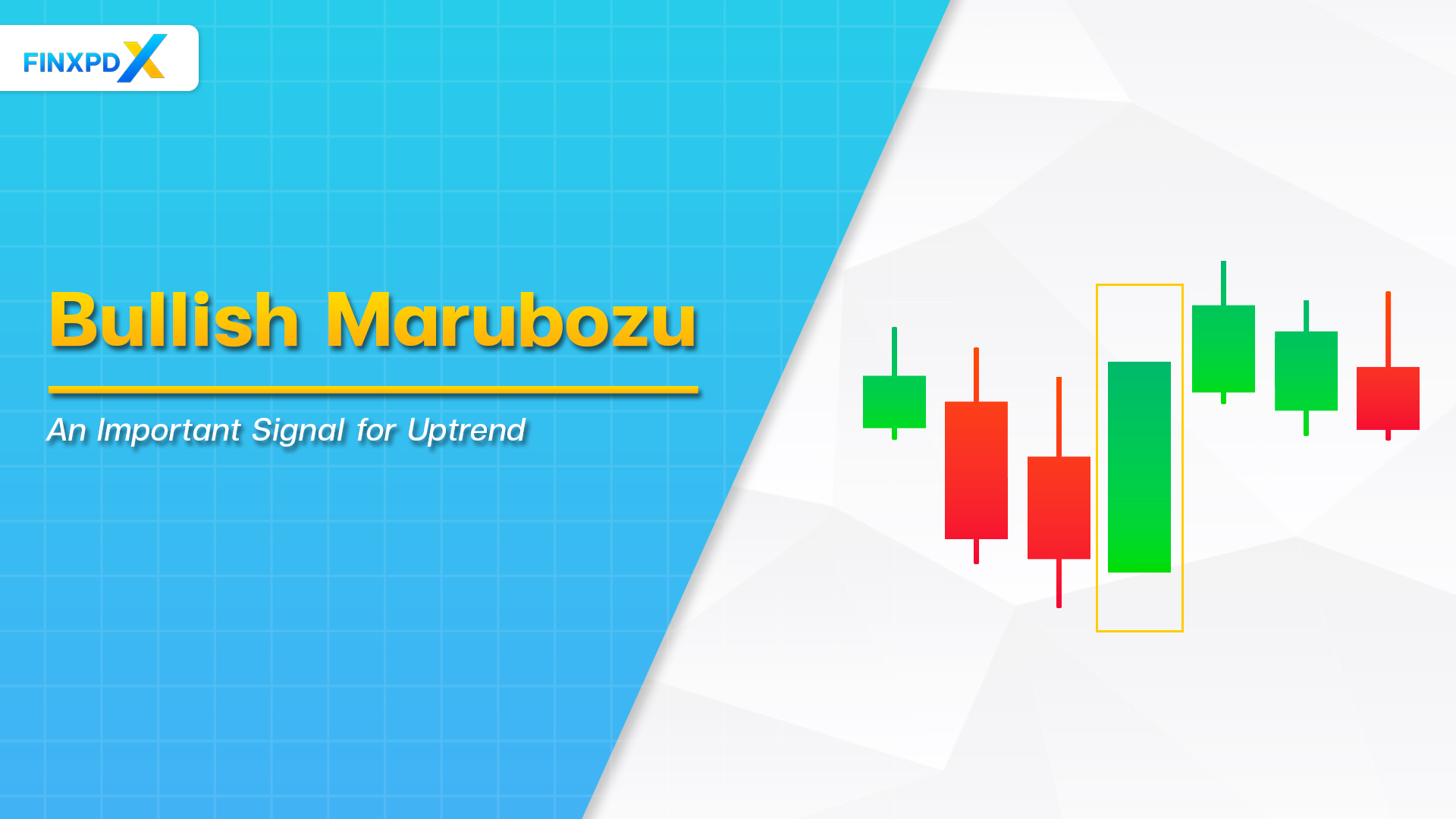Understanding candlestick patterns can significantly enhance your ability to make informed decisions in the world of trading. One such pattern is the spinning top candlestick, a powerful indicator of market indecision. Recognizing and interpreting this pattern can be crucial for traders aiming to anticipate market movements and improve their trading strategies.
This article will dive into the detail of the spinning top candlestick, exploring its definition, types, identification methods, underlying psychology, and comparison with the similar Doji candlestick. By mastering this pattern, traders can gain a valuable tool in their analytical instrument, leading to better trading outcomes.
What Is Spinning Top Candlestick?
A spinning top candlestick is a technical analysis pattern that indicates market indecision. This pattern is characterized by a small body between long upper and lower wicks. The small body shows a narrow range between opening and closing prices, while the wicks reflect significant price movements.
This candlestick pattern appear when neither buyers nor sellers can gain control, resulting in a market stability. Spinning top candlestick can be seen in various time frames, from daily charts to minute-by-minute analyses, making them versatile tools for traders.
Key Takeaways
- A spinning top candlestick pattern indicates market indecision with a small body and long wicks on both sides.
- The spinning top candlestick occurs when there is little difference between the opening and closing prices, showing that neither buyers nor sellers have control.
- The spinning top candlestick pattern can appear in both bullish and bearish trends, signaling potential trend reversal or continuation.
- The spinning top candlestick pattern reflects indecision and uncertainty among traders, indicating a lack of clear direction in the market.
- Both spinning top and Doji patterns signal indecision, but a Doji typically indicates even stronger indecision due to its nearly non-existent body.
Types of Spinning Top Candlestick
Spinning top candlesticks come in various forms, each providing distinct insights into market sentiment. The two primary types are bullish spinning top and bearish spinning top.
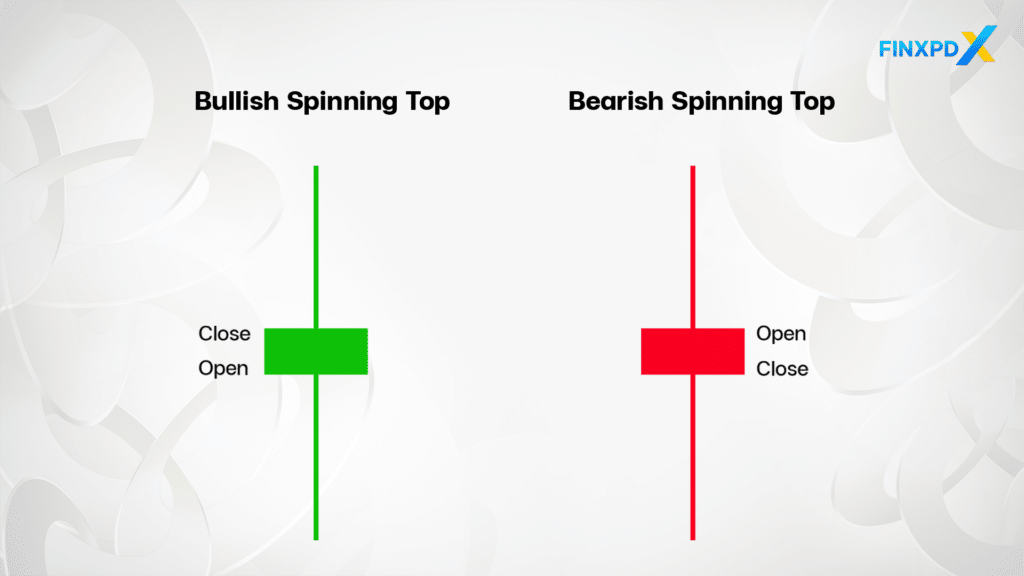
1. Bullish Spinning Top
A bullish spinning top (typically white or green) occurs during a downtrend and signals a potential market reversal. It is characterized by a small body with long wicks, where the close is slightly higher than the open. This pattern suggests that sellers are losing control, and buyers may begin to dominate, potentially leading to an upward price movement.
2. Bearish Spinning Top
A bearish spinning top (typically black or red) appears during an uptrend and indicates a possible market reversal. It features a small body with long wicks, where the close is slightly lower than the open. This pattern signifies that buyers are losing momentum, and sellers might take over, possibly resulting in a downward price shift.
How to Identify Spinning Top Candlestick
Identifying spinning top candlesticks involves examining their unique features within the context of market charts. Here’s a step-by-step simple guide to help you spot these patterns accurately:
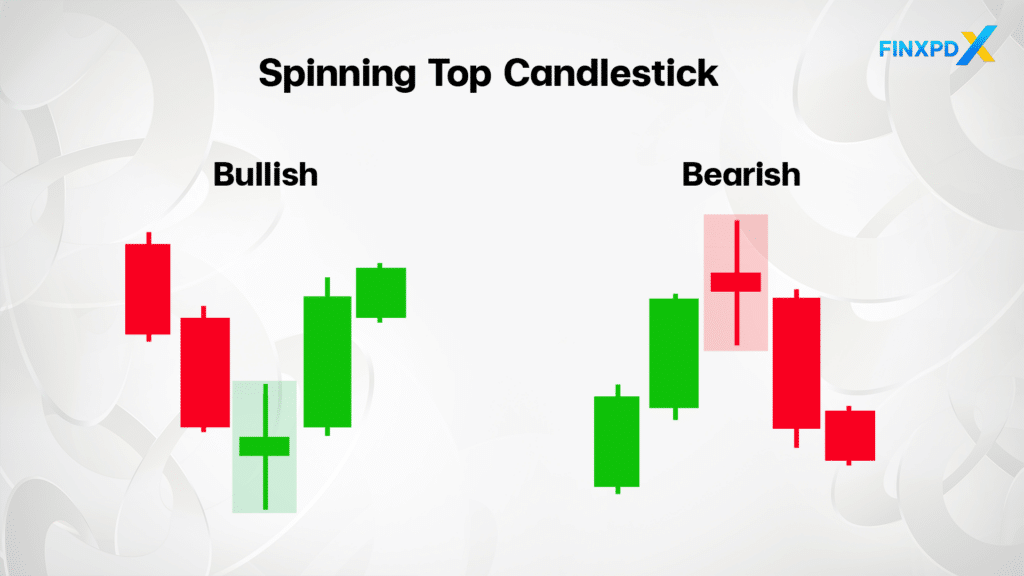
1. Small Body: Look for a small body, indicating a narrow range between opening and closing prices.
2. Long Wicks: Check for long upper and lower wicks of roughly equal length, showing significant price fluctuations and market indecision.
3. Context Within Trends: Assess the pattern within existing trends; it can indicate a reversal in an uptrend or downtrend.
4. Confirm With Volume: Use trading volume to confirm the pattern’s reliability; significant volume changes can signal stronger trend reversals.
5. Use Other Indicators: Combine with technical indicators like Moving Averages or RSI for better confirmation of market sentiment.
The spinning top candlestick is one of many patterns used by traders to enhance their success during trading sessions. To learn more about candlestick patterns, you can download our e-book by clicking the button below.
Click the button below to download the PDF
Psychology Behind Spinning Top Candlestick
The spinning top candlestick pattern reflects the psychological balance between buyers and sellers, indicating market indecision and potential future price movements. Here’s a concise breakdown:
Market Indecision: The small body of the spinning top candlestick shows that the opening and closing prices are close together, highlighting market indecision as traders are uncertain about the future direction.
Buyer and Seller Balance: The long upper and lower wicks represent significant price movements, with both buyers and sellers attempting to control the market. However, the close proximity of the opening and closing prices indicates that neither side succeeded.
Potential for Reversal or Continuation: In an uptrend, a spinning top candlestick may suggest a weakening of buying pressure and a potential bearish reversal. In a downtrend, it might indicate a weakening of selling pressure and a possible bullish reversal.
Trader Sentiment and Emotion: The pattern often appears when traders are uncertain about external factors affecting the market, leading to cautious trading behavior and monitor approach.
Use in Decision-Making: Traders use the spinning top candlestick as a signal to reevaluate their strategies, anticipating potential trend changes and making informed trading decisions.
Spinning Top Candlestick vs. Doji Candlestick
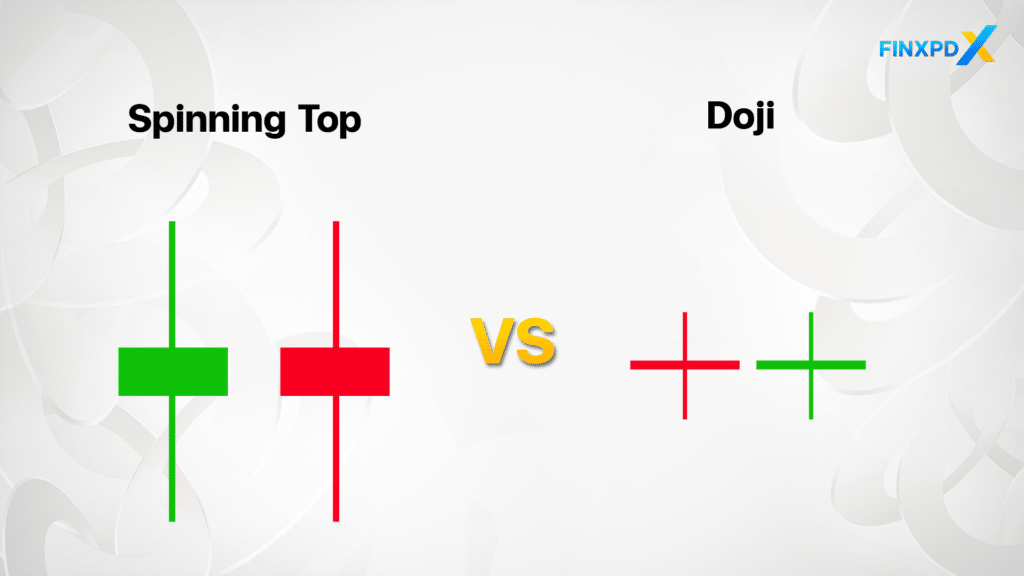
Spinning top and Doji candlesticks are similar patterns that indicate market indecision, both featuring wicks extending above and below the body. The spinning top candlestick has a small body with long wicks, suggesting a struggle between buyers and sellers and signaling potential trend continuation or reversal.
In contrast, a Doji has little to no body and shorter wicks, reflecting a stronger balance and often hinting at reversals, especially at market extremes. Both patterns are considered neutral and require confirmation from other indicators for accurate interpretation.
Conclusion
To sum up, the spinning top candlestick indicates market indecision with a small body and long wicks, reflecting a balance between buyers and sellers. Recognizing this pattern helps traders anticipate potential trend reversals or continuations. Understanding the differences between bullish and bearish spinning top candlestick allows for better interpretation of market sentiment. While similar to Doji candlesticks, spinning top candlestick have a more pronounced body and require confirmation from other indicators for reliable analysis. Mastering this pattern can enhance trading strategies in uncertain market conditions.
FAQs
A spinning top candlestick is a pattern with a small body and long upper and lower shadows, indicating indecision in the market. It suggests that neither buyers nor sellers could gain control, leading to a potential reversal.
It forms when the opening and closing prices are close to each other, but there is significant price movement above and below the opening price during the trading session, creating long wicks.
It indicates market indecision and potential reversal. Traders view it as a sign that the current trend may be losing momentum and could change direction.
They often require confirmation from other indicators, as they alone do not provide a strong signal. Their appearance can be frequent, leading to potential false signals.
Traders may adjust their strategies by looking for confirmation before acting, using it as a signal to prepare for potential trend changes or pauses, and incorporating other technical analysis tools.
Related Articles:
- Doji Candlestick: Gain an Edge in Trading
- Cashback Forex: Your Guide to Extra Earnings
- Morning Star Pattern: Unlock Your Bullish Trading Skills
- Evening Star Pattern: Identify and Improve Your Trading Skill
Read more: Forex

